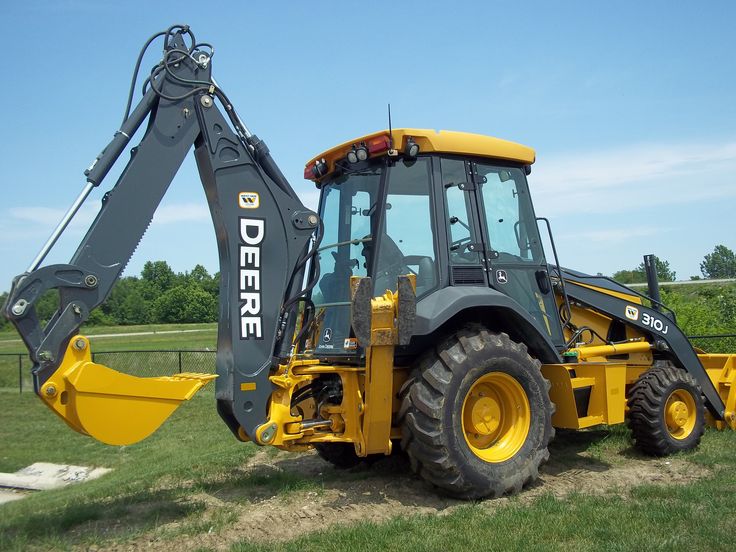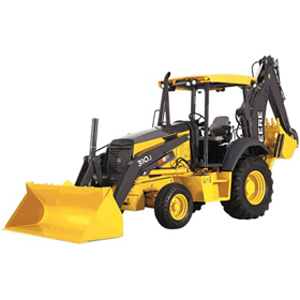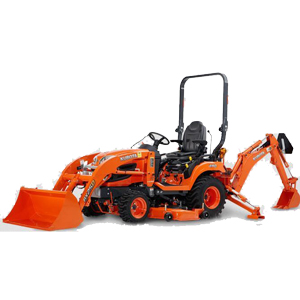A backhoe could be useful for your building projects if you are a contractor. Did you know, however, that these machines are also fantastic for landscaping? Explore the benefits of a backhoe and why you need one for landscaping. Backhoe loaders can handle landscaping jobs of all sizes and types, including moving trees, digging up roots, and even moving trees intact. Also, they can be used to move boulders, rocks, gravel, or to move dirt and topsoil. Backhoes are also fantastic for digging fence post holes or small excavation jobs, such as digging ponds and water features. Even irrigation lines can be dug with these machines to keep your landscape watered and healthy at any time of year.
Backhoes Can Handle Numerous Tasks at Once
Renting heavy equipment can be expensive, which is why you want to make sure you get the best value. The machine you want should be able to multitask in most cases. It’s only natural that having a machine that can do more than one job will save you both time and money. One piece of equipment might even be able to handle an entire landscaping project. Backhoes are designed to perform multiple tasks. Besides their bucket that can scoop and move materials, they are also equipped with an arm for digging. Backhoes can usually turn quickly, so you can use both parts for the same job, even in a small yard or garden.
Backhoes Come in a Variety of Sizes
Using a large backhoe in a small area may cause you concern when you start a new job. A smaller machine might also have concerns about its performance on a more complex job site. Backhoes are available for rent in a variety of sizes and capacities. This makes it easy to choose the right backhoe for the job. If your job is small, a mini backhoe will do. In addition to digging up to 8 feet deep, these compact machines are also good at working around obstacles. Standard backhoes are best for medium jobs. A tractor like this can dig up to 14 feet and have between 60 and 90 horsepower (HP). Large backhoes are the best choice for large jobs. These machines have up to 105 horsepower and can dig 15 feet or deeper. They are ideal for larger job sites and tougher terrains.
Backhoes are Able to Work in a Variety of Terrains
It’s important to prepare for anything when doing landscaping work. For instance, you may encounter rocky soil or rough terrain. The equipment you use should be able to handle any surprises you encounter. Backhoes are designed for outdoor use, and can handle a range of terrain types. These machines can maneuver easily on hard surfaces or loose soil. They can also handle flat surfaces as well as inclines.
Attachments Can Be Used With Backhoes
Backhoes are capable of doing a lot on their own. The machines, however, are even more versatile if they are equipped with attachments. Your backhoe could be that equipment you’ll need for a landscaping job if you add the right accessory to it. Do you need to break up a sidewalk or pathway to make room for a new one? You can use a breaker or hammer to split it into pieces and remove it quickly with a backhoe. Flattening the soil can be done with a tamper or a compactor, which can push the soil into position. To get a better grip on the load you’re picking up, you can add a thumb to the digging arm.
Work Smarter with Backhoes
Renting equipment for landscaping work shouldn’t slow down your progress. One of the most important benefits of a backhoe is that it makes it easier for your crew to work more efficiently. After all, these machines are built to be highly safe. The arm and bucket help stabilize the machine and prevent it from tipping. When you dig, the stabilizers keep the backhoe upright and give you more leverage. A fully enclosed cab prevents dirt, rocks, and other projectiles from reaching the driver.
Regardless of how safe backhoes may be, your crew should never operate one without training. Be sure your crew is aware of trenching risks. Make sure they have been trained on each machine and that they understand any potential safety issues on the job site.








